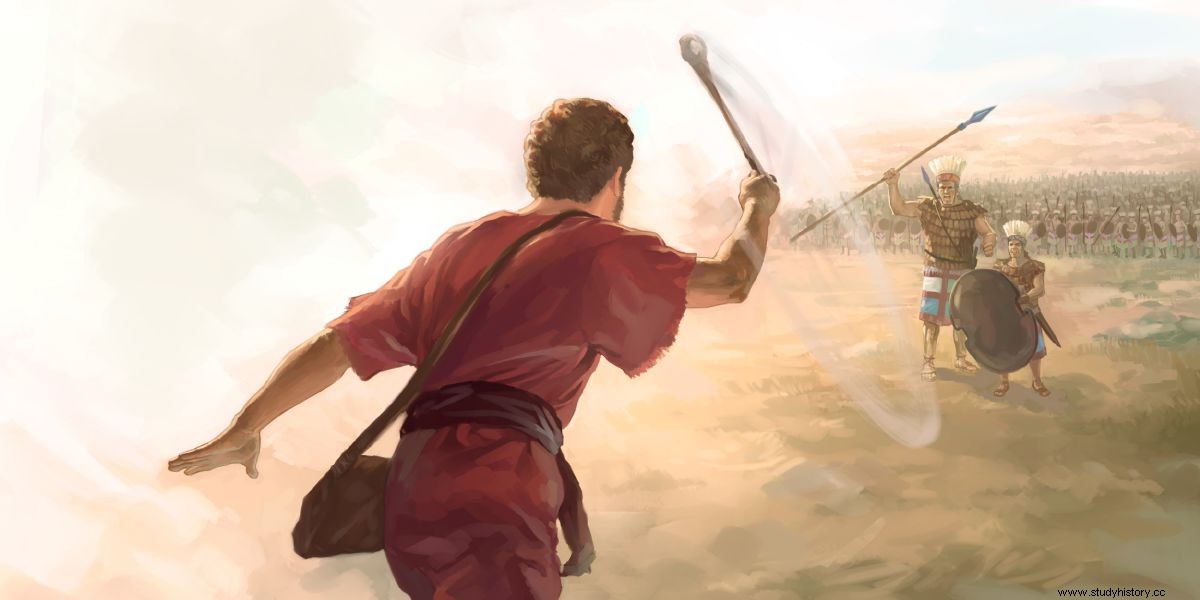Quevedo said…
a single stone can collapse a building
and the stone that we are dealing with, which was thrown with very bad milk, crumbled the Church and crushed its visible head, Pope Lucius II , who did not last a year on the throne of Saint Peter (March 12, 1144 to February 15, 1145)

As has happened on too many occasions throughout history, the Popes have been involved in power struggles against kings and emperors -of the style to see who pees furthest-. On this occasion, the protagonists of the disagreements were Pope Lucius II and Roger II of Sicily. The Pope, a little "grown up" after his appointment, reminded the king of his obligations as a vassal of papal authority. The king was not up to the task and, while he assembled an army, he told him:"calm down and relax". Lucius, seeing what was coming his way, backed down and was forced to sign a truce on terms dictated by the king. He hadn't gained anything but he hadn't lost anything either...so he thought. This situation of weakness was taken advantage of by the people of Rome to ask the Pope to leave temporal power in his hands and deal, as it should be, only with spiritual power. The demands were led by the artisans and merchants of the city, leaving the urban nobility in a position of neutrality waiting for events. Everything changed when the first demands were not heard by the Supreme Pontiff and the revolutionaries formed the Commune of Rome in an attempt to reestablish a government in the style of the Republic of Rome in opposition to the power of nobles and Popes. They recovered the traditional Roman motto Senatus Populus Que Romanus (SPQR)-The Senate and the Roman People-, a Senate with 56 senators, elected on the basis of four elected representatives from each of the fourteen districts of medieval Rome, was established and Giordano Pierleoni was appointed> leader of the Commune of Rome, similar to the consul of the old Republic. They even had their own spiritual reference, Arnaldo de Brescia . This priest and reformer had been accused of heresy and banished from Rome for preaching in favor of the Church giving up wealth and recovering the austerity of the early Christians.
Things got ugly. The nobles, who at first did not see badly that the Pope was deprived of power, now saw how they too were in danger. The nobles and the Pope, once in conflict, came together to look after their interests. The streets of Rome became a pitched battle between supporters of each other. A small army, with the Pope at its head, headed for the Capitol where the Republicans had become strong. These, managed to repel the papal offensive and, in addition, Lucio II received a stone in the head from which he could not recover. In 1145, days after the stoning in the purest Fuenteovejuna style, the Pope died. He never found the culprit.

Due to the lack of paparazzi covering the event, due to its symbolism I will use the image of David against Goliath
His successor, Pope Eugene III, was consecrated on December 18, 1145 in the monastery of Farfa, about 40 km from Rome, since the Eternal City was taken by the republicans. Finally, he reached an agreement with the civil authority and was able to return at Christmas of that same year. The fact is that during his 8-year pontificate he went back and forth:in 1146 he had to flee from Rome, he returned in 1149 after an alliance with Roger II of Sicily, when not even a month had passed he had to run away again, he returns again in 1153 after the corresponding alliance with Federico I Barbarossa… and a few days later he dies.
Source:Of the human and the divine
